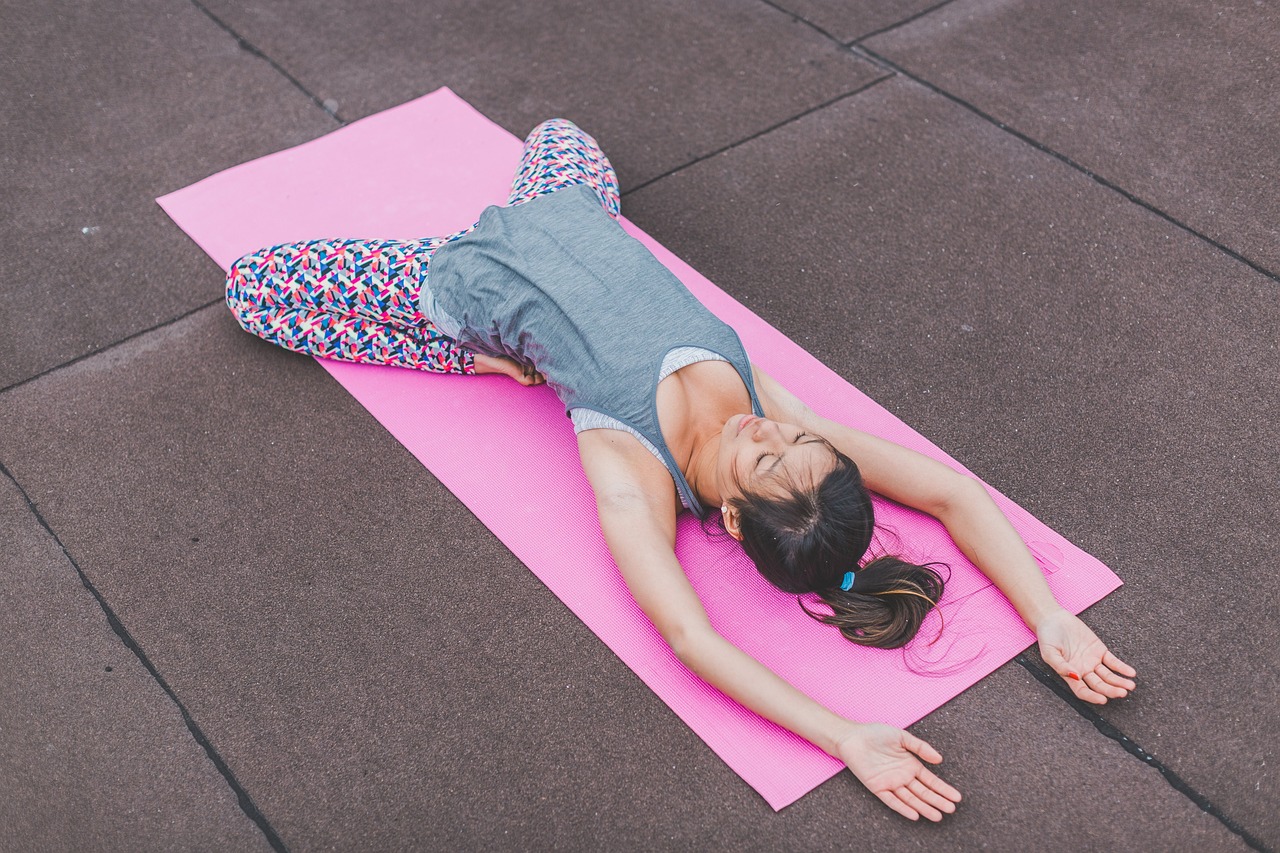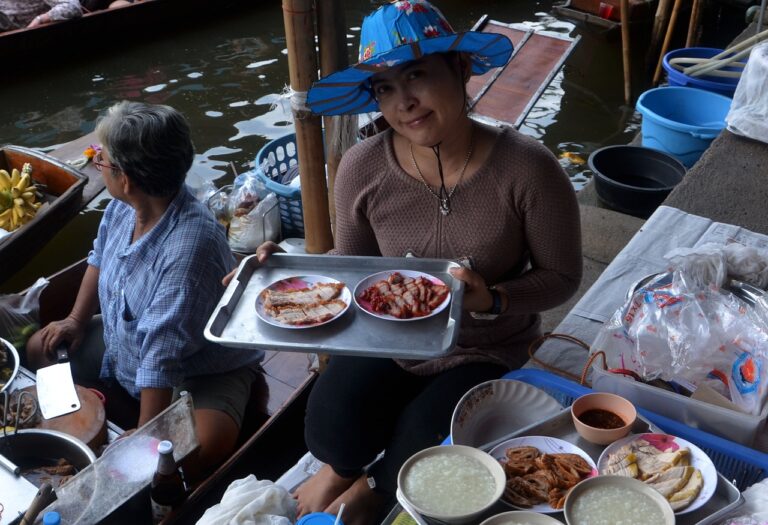Sustainable Living DIY Projects: Upcycling and Repurposing Household Items
When embarking on upcycling projects, it’s essential to gather the necessary materials to bring your creative ideas to life. Basic supplies like sandpaper, paintbrushes, and paints are indispensable for transforming old items into refreshed pieces. Additionally, having a collection of decorative elements such as stencils, decoupage papers, and embellishments can add a unique touch to your upcycled creations.
Incorporating sustainable materials like reclaimed wood, metal scraps, and fabric remnants can elevate the eco-friendly aspect of your upcycling projects. These items not only help reduce waste but also give your creations a distinctive character. Be sure to keep a stock of essential tools like a glue gun, hammer, and drill to assist in the refurbishing process.
Creative Ways to Repurpose Glass Jars
One of the most versatile items for upcycling projects is the humble glass jar. These jars can be transformed into an array of functional and decorative pieces for your home. Simply clean out any remaining residue and remove labels to begin your creative journey.
Consider turning glass jars into stylish storage containers by adding labels or painting the lids in coordinating colors. You can use them to store pantry staples, craft supplies, or even small trinkets. Additionally, glass jars make charming candle holders. Fill them with sand, stones, or dried flowers before placing a candle inside for an instant ambiance boost. The options are endless when it comes to repurposing glass jars, so let your imagination run wild with this sustainable and cost-effective material.
DIY Ideas for Upcycling Old Furniture
When it comes to upcycling old furniture, the possibilities are endless. One creative idea is to turn an old wooden dresser into a stylish kitchen island by adding wheels to the bottom for mobility. This not only provides extra storage space but also adds a unique touch to your kitchen decor.
Another fun project is transforming an outdated coffee table into a cozy pet bed for your furry friend. By adding some cushioning and a new coat of paint, you can create a comfortable and personalized space for your pet to relax. Upcycling old furniture not only allows you to breathe new life into items that would have otherwise been discarded but also gives you the opportunity to showcase your creativity and craftsmanship.
Tips for Repurposing Clothing and Textiles
To breathe new life into old clothing and textiles, consider repurposing them into something fresh and functional. When repurposing clothing, you can transform a worn-out sweater into a cozy pillow cover or fashion a stylish tote bag from an old pair of jeans. Instead of discarding old t-shirts, upcycle them into colorful rugs or quilts by cutting them into strips and weaving them together.
For textiles that are no longer wearable, think about repurposing them as cleaning cloths or reusable shopping bags. Old towels can be repurposed into absorbent dish towels or even bath mats with a touch of creativity. By repurposing clothing and textiles, you not only reduce waste but also give these items a new purpose and extend their lifespan.
Innovative Ways to Upcycle Plastic Containers
One creative way to upcycle plastic containers is by turning them into self-watering planters. Simply cut off the top section of a plastic bottle, place it upside down inside the bottom section, and fill the top part with soil and plants. Add water to the bottom section, and the soil will absorb the water as needed, creating a self-watering system for your plants.
Another innovative idea is to transform plastic containers into storage solutions for small items. Cut off the top of a plastic bottle or use a plastic container with a lid, and decorate it to your liking. These containers can be used to store office supplies, craft materials, or even small toys. By upcycling plastic containers in this way, you can reduce waste while also staying organized in your space.
Upcycling Projects for Kids
Get your kids involved in creative upcycling projects by turning old cardboard boxes into imaginative playhouses. Let them unleash their artistic side by decorating the boxes with paints, stickers, and other craft supplies. Not only will this activity provide hours of entertainment, but it will also teach children the value of repurposing materials and reducing waste.
Another fun upcycling project for kids is creating musical instruments out of household items. Empty cans, rubber bands, and rice can be transformed into a DIY guitar, while old pots and pans make great makeshift drums. Encourage your children to experiment with different materials and sounds, fostering their creativity and resourcefulness in a fun and engaging way.
How to Repurpose Electronics and Appliances
When it comes to repurposing electronics and appliances, creativity is key. Instead of throwing away old gadgets or devices, consider giving them a new life with a little DIY magic. One popular idea is to transform an old computer monitor into a stylish pet bed by adding a cozy cushion and some decorative fabric to the frame. This not only gives your furry friend a comfy spot to relax but also adds a unique touch to your home decor.
Another way to repurpose electronics and appliances is by turning an outdated microwave into a trendy storage unit. Simply remove the microwave components, add some shelves or hooks inside, and paint the exterior to match your style. This repurposed piece can serve as a quirky storage solution for your kitchen, bathroom, or even a home office. Repurposing electronics and appliances not only reduces waste but also allows you to unleash your creativity and give new life to items that would otherwise end up in a landfill.
Sustainable DIY Projects for the Kitchen
One creative way to incorporate sustainable practices in your kitchen is to upcycle old glass jars as storage containers. Instead of tossing out empty jars, consider washing them thoroughly and using them to store spices, grains, or even homemade sauces. By upcycling glass jars, you not only reduce waste but also add a unique touch to your kitchen decor.
Another eco-friendly project for the kitchen is to repurpose old wooden crates as shelving units. Whether you stack them up to create a rustic pantry or attach them to the wall for a vintage-inspired spice rack, old wooden crates can add charm and functionality to your kitchen space. This DIY project helps you make the most of unused items while reducing the need for new materials.
Repurposing Garden and Outdoor Items
Transforming old garden and outdoor items into new and useful pieces is a fulfilling way to repurpose materials and breathe life into your outdoor space. From turning old planters into chic outdoor decor to repurposing wooden pallets into versatile furniture pieces, the possibilities are endless. By thinking creatively and seeing the potential in items that may seem past their prime, you can create a unique and sustainable outdoor environment that showcases your resourcefulness.
Not only does repurposing garden and outdoor items add a personal touch to your space, but it also contributes to reducing waste and minimizing your environmental impact. By upcycling items like tires, old doors, or even broken tools, you not only give these objects a second life but also prevent them from ending up in landfills. Embracing the idea of repurposing in your outdoor space can inspire others to do the same and showcase the beauty that can arise from thinking outside the box when it comes to sustainability.
Benefits of Upcycling and Repurposing Household Items
Repurposing and upcycling household items not only helps reduce waste but also promotes creativity and resourcefulness. By giving new life to old possessions, individuals can save money and contribute to a more sustainable lifestyle. This practice encourages a mindset of environmental consciousness by encouraging people to think twice before discarding items that could have potential alternative uses.
Furthermore, upcycling and repurposing items can lead to unique and personalized home decor, showcasing individual style and personality. It allows individuals to add a personal touch to their living spaces while also reducing the need to purchase new items unnecessarily. These projects can serve as a source of pride and satisfaction, showcasing one’s ability to transform ordinary objects into something extraordinary.
What is upcycling?
Upcycling is the process of taking items that are no longer useful in their current form and transforming them into something of higher value or quality.
Why is upcycling important?
Upcycling helps reduce waste by giving new life to old items, saves money, and allows for creative expression.
What are some benefits of repurposing household items?
Repurposing household items can help reduce waste, save money, and add unique and personalized touches to your home decor.
How can I get started with upcycling projects?
Start by looking around your home for items that could be repurposed, gather the necessary materials, and let your creativity flow.
Are there any specific materials needed for upcycling projects?
Materials needed for upcycling projects may vary depending on the item being repurposed, but common materials include glue, paint, scissors, and other craft supplies.
Can kids participate in upcycling projects?
Yes, there are many fun and easy upcycling projects that kids can participate in, such as turning old jars into candle holders or creating artwork from recycled materials.
How can I repurpose clothing and textiles?
Clothing and textiles can be repurposed by turning old t-shirts into tote bags, transforming jeans into shorts, or using fabric scraps for quilting or other crafts.
What are some creative ways to repurpose glass jars?
Glass jars can be repurposed as candle holders, storage containers for spices or craft supplies, or even as vases for flowers.
How can I repurpose electronic devices and appliances?
Electronic devices and appliances can be repurposed by donating them to organizations that refurbish and distribute them to those in need, or by repurposing them into new projects such as lamps or storage containers.







